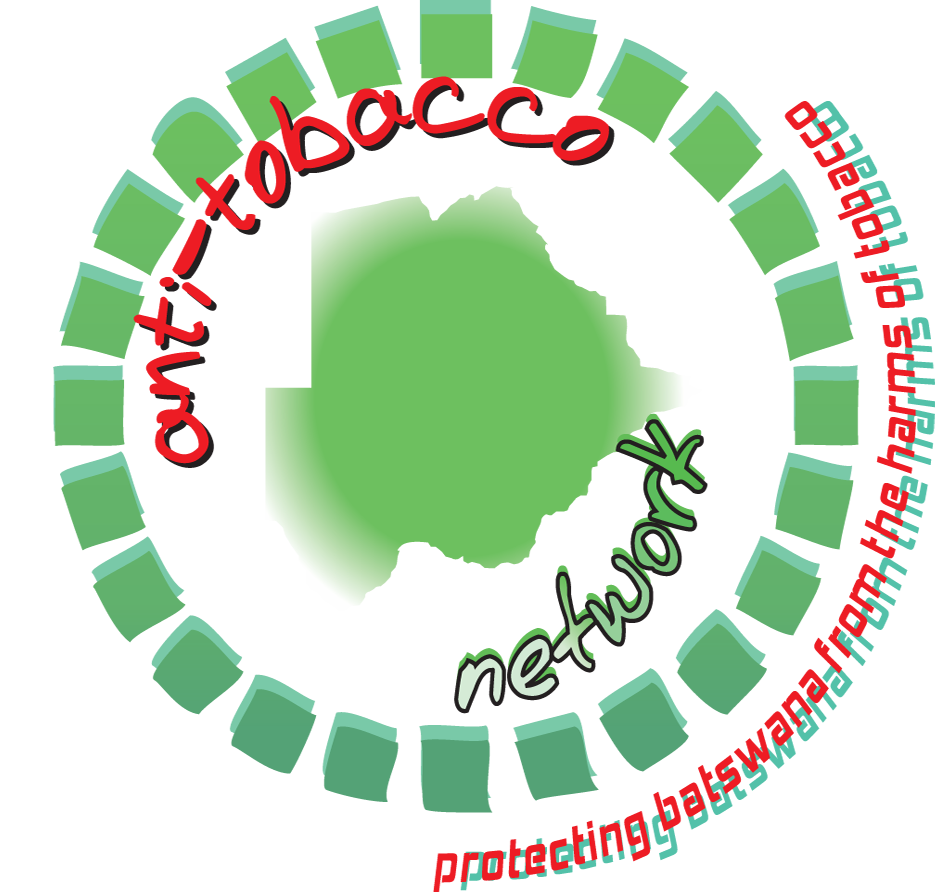Tobacco has long been recognized as a serious health hazard, but its role as a potential “gateway drug” adds another layer of concern. A gateway drug is a substance that increases the likelihood of an individual progressing to the use of more harmful or addictive substances. For many, the journey into substance dependence begins with a seemingly innocuous cigarette or vape. But how does tobacco serve as a gateway, and why should we care?
Understanding the Gateway Effect
The gateway effect suggests that the use of one substance, such as tobacco, can create patterns or conditions that make the use of other substances more likely. This theory stems from a combination of biological, psychological, and social factors that reinforce substance-seeking behaviors.
- Biological Factors: Nicotine, the addictive component in tobacco products, acts on the brain’s reward system, releasing dopamine and creating pleasurable sensations. This process alters brain chemistry, making individuals more susceptible to addiction and more likely to experiment with other substances that offer similar rewards.
- Psychological Factors: Tobacco use often lowers inhibitions and creates a sense of confidence or invincibility. For young people, in particular, this sense of empowerment can lead to experimentation with other substances.
- Social Factors: Tobacco use often occurs in environments where other drugs are accessible. Peer influence plays a significant role, as individuals who smoke are more likely to be exposed to or encouraged to try additional substances.
Evidence Supporting Tobacco as a Gateway Drug
Several studies have linked early tobacco use to an increased risk of experimenting with other drugs. For instance:
- Youth and Progression: Research has shown that adolescents who begin smoking are more likely to experiment with alcohol, marijuana, and even harder drugs compared to their non-smoking peers.
- Nicotine’s Role in the Brain: Nicotine primes the brain to seek out other substances by altering neural pathways. This “priming” effect makes other drugs more appealing and potentially more addictive.
- Correlation with Polysubstance Use: Data indicates that individuals who use tobacco are more likely to engage in polysubstance use, often combining tobacco with alcohol or marijuana, thereby increasing the risk of long-term health complications.
Why This Matters
The gateway drug concept is particularly important in the context of public health and tobacco control. It highlights the need for preventative measures aimed at reducing tobacco initiation, especially among youth. Preventing the first puff can have a ripple effect, reducing the likelihood of subsequent drug experimentation and addiction.
What Can Be Done?
Efforts to address tobacco’s role as a gateway drug should focus on the following:
- Education and Awareness Campaigns: Educating young people about the risks associated with tobacco and its potential to lead to other substance use is crucial.
- Strengthening Legislation: Enforcing stricter regulations on tobacco marketing, especially those targeting youth, can help limit accessibility and appeal.
- Support for Tobacco Cessation: Providing resources for individuals to quit smoking can prevent the progression to other substances.
- Community Engagement: Involving parents, schools, and community leaders in prevention efforts ensures a holistic approach to tackling the gateway effect.
Conclusion
Understanding tobacco as a gateway drug underscores the need for comprehensive tobacco control strategies. By addressing the root causes of tobacco use and its subsequent risks, we can reduce the burden of substance abuse and foster healthier communities. The first step in preventing a lifetime of addiction may very well be saying no to that first cigarette.





